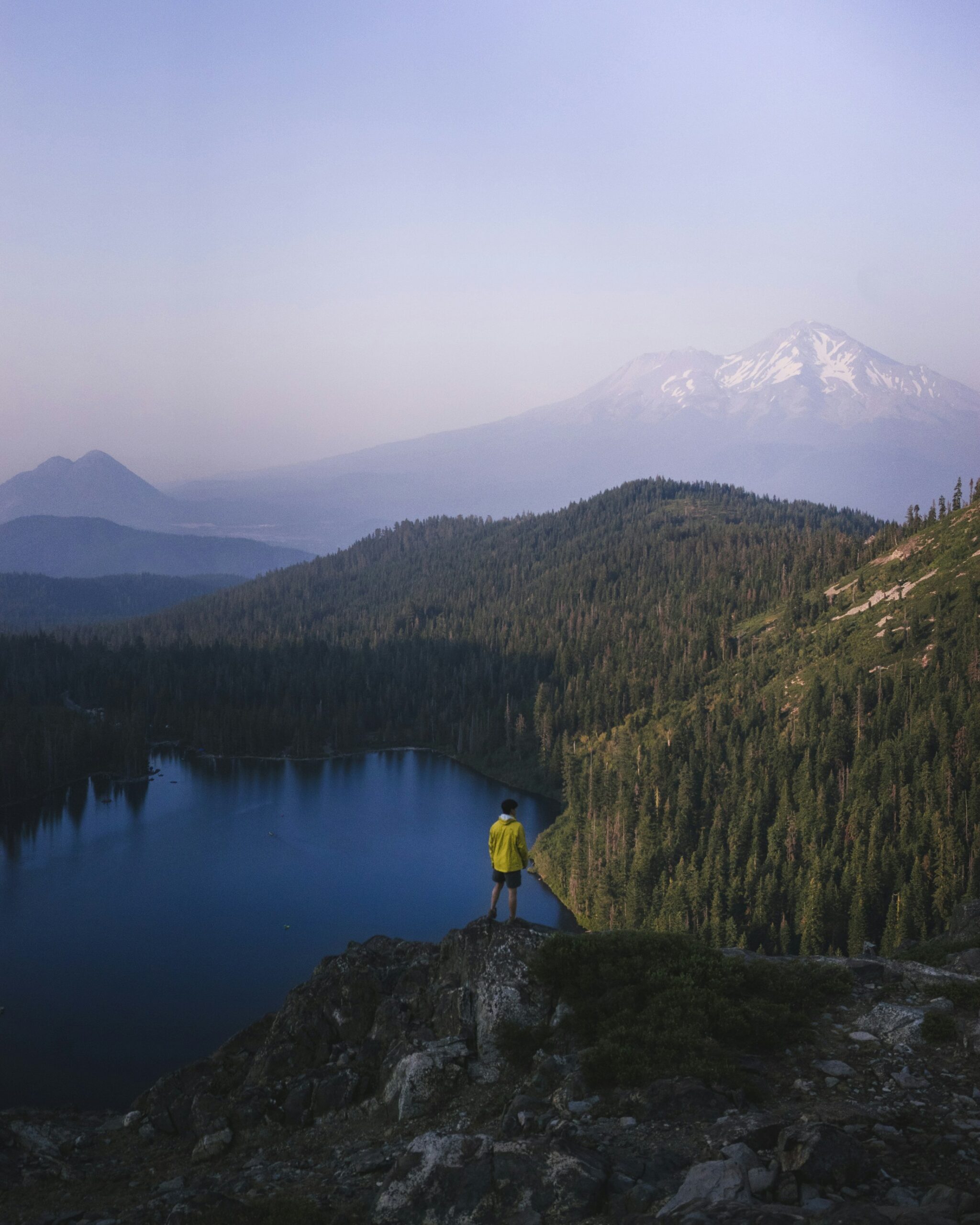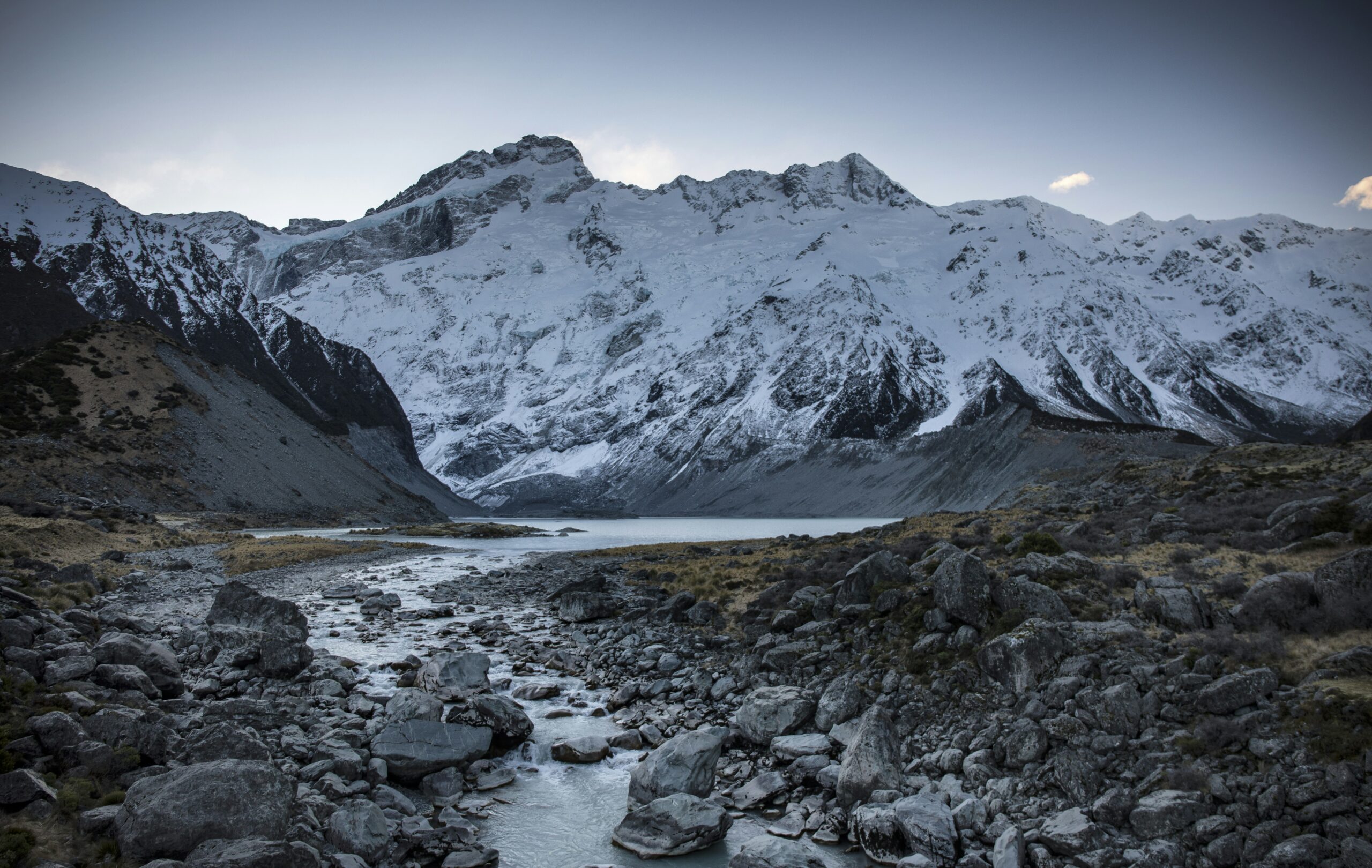Imagine embarking on a thrilling adventure, summiting the majestic Mount Shasta, only to encounter an unexpected challenge: low visibility. As you ascend towards the towering peak, your vision becomes shrouded in mist, making each step both treacherous and uncertain. In this article, we will explore the myriad dangers that climbers face when scaling Mount Shasta in these precarious conditions, shedding light on the potential risks that lie hidden within the swirling fog. Whether you're an avid climber or simply seeking to understand the perils of scaling mountains, join us as we uncover the hazards that accompany low visibility on Mount Shasta.

Harsh Weather Conditions
Unexpected snowstorms
When climbing Mount Shasta in low visibility, one of the main dangers is the possibility of unexpected snowstorms. These storms can quickly transform the serene mountain landscape into a treacherous and unforgiving environment. The snowfall can become heavy, making it difficult to navigate and see the trail or route markers. In such conditions, it becomes crucial to have proper equipment, including warm clothing and snow goggles, to protect yourself from the harsh elements.
High winds that can easily throw climbers off balance
Another risk associated with low visibility climbing on Mount Shasta is the presence of high winds. These winds can pose a serious threat to climbers, easily throwing them off balance and putting them in danger of losing their footing. It is essential to prepare for these conditions by using appropriate gear, such as sturdy hiking boots and wind-resistant clothing, to maintain stability and minimize the risk of being blown off course.
Extreme drops in temperature
Low visibility climbing on Mount Shasta often means being exposed to extreme drops in temperature. As you ascend the mountain, the temperature can rapidly decrease, leading to dangerously cold conditions. This can be particularly challenging when combined with limited visibility, as it becomes harder to find shelter or take necessary precautions. Frostbite and hypothermia become significant concerns, emphasizing the importance of wearing multiple layers, having proper insulation, and carrying emergency supplies to stay warm.
Difficult Navigation
The risk of losing the trail or route
Navigating Mount Shasta in low visibility presents a substantial risk of getting lost. Without clear visibility, it is much easier to lose track of the trail or route markers, which can lead to potentially dangerous situations. One small misstep or wrong turn can quickly escalate, making it challenging to find your way back or progress further. It is critical to have strong navigational skills, be familiar with the mountain's layout, and use GPS devices or maps specifically designed for low-light conditions to minimize the risk of losing your way.
Trouble reading a map or compass due to low light conditions
In low visibility situations, the lack of light can significantly impact your ability to read maps or use a compass effectively. Diminished visibility makes it challenging to accurately gauge your location and the direction you need to go. It is crucial to carry a compass with a luminous dial or an illuminated map to aid navigation in these circumstances. Additionally, practicing map reading and compass usage in low-light conditions beforehand can help you feel more confident and ensure you stay on the right track.
Difficulty distinguishing landmarks or features
Low visibility climbing on Mount Shasta can impede your ability to distinguish landmarks or distinguish important features on the mountain. Fog, snowfall, or darkness can obscure crucial points of reference, making it harder to maintain a sense of direction or identify potential hazards. You must familiarize yourself with the mountain's topography before attempting to climb in these conditions. Having a clear mental picture of key landmarks and understanding their significance can help you stay oriented and avoid possible dangers along the way.
Risk of Avalanches
Increased chance of triggering avalanches in snowy conditions
Climbing Mount Shasta in low visibility means an increased risk of triggering avalanches. Snowy conditions combined with reduced visibility make it difficult to identify areas of instability on the mountain. Unseen fractures and weak layers beneath the snowpack can contribute to avalanche hazards without proper warning signs. The heavy snowfall during low visibility climbing can easily disturb the stability of the slopes, leading to sudden and dangerous avalanches. It is crucial to assess and continuously monitor avalanche conditions, as well as use proper safety equipment such as beacons, shovels, and probes.
Difficulty in spotting signs of avalanche risk due to poor visibility
The reduced visibility encountered during Mount Shasta climbs also poses a challenge when it comes to spotting signs of avalanche risk. Traditional indicators such as wind-drifted snow, cracking sounds, or recent avalanches may be less apparent or entirely invisible in low-light conditions. This makes it even more critical to stay informed about current weather and avalanche forecasts before attempting a climb. Additionally, receiving proper avalanche safety training and employing safe travel techniques, like travel in small groups and being cautious in known avalanche-prone areas, can help minimize the risk of being caught in an avalanche.
Increased Risk of Falls
Lack of depth perception can lead to misjudging distances
One of the dangers of climbing Mount Shasta in low visibility is the lack of depth perception. When your vision is limited, it becomes challenging to accurately judge distances, making it easier to misstep or misjudge the terrain's steepness. Stepping on loose rocks or slipping on ice patches becomes more likely, increasing the risk of falls and injuries. To mitigate this risk, it is crucial to move slowly and deliberately, using trekking poles or ice axes for added stability and carefully testing the ground before putting your full weight on it.
Not seeing changes in the terrain such as crevasses, ice patches, or loose rocks
Low visibility impairs your ability to see changes in the terrain, exposing you to hidden dangers such as crevasses, ice patches, or loose rocks. These hazardous features can cause you to lose your balance, trip, or even fall into potentially life-threatening situations. When climbing Mount Shasta in low visibility, it is essential to proceed with caution and use techniques like roped travel or probing with a pole to actively search for hidden hazards. Being vigilant and aware of the terrain underfoot can help prevent accidents and ensure a safer climb.

Hypothermia and Frostbite Risk
Difficulty in maintaining body heat due to the cold weather
Low visibility climbing on Mount Shasta means enduring frigid temperatures that pose a significant challenge in maintaining body heat. The cold weather can quickly sap your energy and lead to hypothermia, a condition where the body loses heat faster than it can produce it. The lack of visibility may limit your ability to find shelter, exacerbating the risk of developing hypothermia. To combat this danger, it is essential to dress in layers, with appropriate insulation, and carry emergency supplies such as extra clothing, blankets, and calorie-dense snacks to replenish energy and maintain body heat.
Exposure to freezing temperatures for extended periods
Exposure to freezing temperatures for extended periods is one of the risks climbers face when navigating Mount Shasta in low visibility. Even with proper clothing and gear, extended exposure to extreme cold can lead to frostbite, a condition where skin and other tissues freeze due to extreme cold. The lack of visibility can hinder your ability to detect early signs of frostbite, such as numbing or discoloration of the skin. Therefore, it is crucial to regularly check exposed skin for signs of freezing and immediately seek shelter and medical attention if symptoms appear.
Altered Perception and Dizziness
Disorientation due to the lack of visual cues
Low visibility climbing on Mount Shasta can bring about disorientation due to the lack of visual cues. The absence of clear landmarks, such as distinct rock formations or recognizable features, can make it challenging to maintain a sense of direction or position. This disorientation can lead to confusion, anxiety, and potentially dangerous decision-making. It is essential to rely on other senses and navigation tools, such as GPS devices or compasses, to help maintain a clear understanding of your whereabouts and avoid getting lost.
Experiencing dizziness or vertigo caused by the lack of visibility
In low visibility conditions, climbers may experience dizziness or vertigo due to the absence of visual reference points. The inability to see the horizon or judge depth can disrupt your sense of balance and lead to a feeling of disorientation or spinning sensation. This can significantly impair your climbing abilities and put you at risk of falls or other accidents. If you start feeling dizzy or vertiginous, it is essential to take breaks, sit down, and wait until the sensation passes before proceeding. Additionally, informing your climbing partners about any symptoms can help ensure everyone's safety.

Wildlife Encounters
Danger of encountering wildlife without being able to spot them in time
Mount Shasta is home to various wildlife species, including bears, mountain lions, and deer. When climbing in low visibility, the danger of encountering wildlife is amplified due to the reduced ability to spot them in time. Surprise encounters can lead to potential conflicts or dangerous situations. To minimize this risk, it is essential to make noise while hiking, use bear bells, or carry bear spray as a deterrent. Familiarize yourself with proper wildlife protocols and be prepared to react calmly and appropriately if you do encounter wildlife while climbing.
Difficulty in determining the safe distance from wildlife
Limited visibility also makes it challenging to determine the safe distance from wildlife. Approaching too closely can trigger defensive or aggressive behavior from animals, potentially leading to attacks or injuries. It is crucial to maintain a safe distance, which varies depending on the species and the specific circumstances. Educate yourself about wildlife habits and behaviors beforehand, and if uncertain, err on the side of caution by maintaining a respectful distance and observing wildlife from afar.
Emergency Response Delays
Rescue teams may have a harder time locating you in low visibility
In the unfortunate event of an emergency while climbing Mount Shasta in low visibility, rescue teams may face significant challenges in locating you. The limited visibility makes it harder for search and rescue teams to identify your exact position, increasing response times and potentially delaying their arrival. To mitigate the risk, it is essential to carry communication devices like radios or satellite phones, enabling you to alert emergency services if needed. Clearly communicating your location, staying put if injured or lost, and remaining in a safe position can further assist rescue teams in finding you more quickly.
Medical aid could be delayed resulting in serious consequences
In scenarios where medical aid is required during low visibility climbing, the same visibility challenges faced by rescue teams can also lead to delays in receiving necessary medical assistance. The difficulty of locating injured climbers or transporting them to medical facilities promptly can have severe consequences. To address this risk, it is vital to carry a comprehensive first aid kit and have knowledge of basic wilderness first aid techniques. Treating minor injuries on-site and having a plan in place to stabilize more severe injuries until professional help arrives can greatly improve the chances of a successful outcome.
Dangers Related to Decreased Group Coordination
Difficulty in keeping track of other group members
Climbing in low visibility conditions can make it challenging to keep track of other group members. Poor visibility can lead to separation and disorientation, increasing the risk of accidents or incidents. To maintain group cohesion, it is crucial to establish clear communication protocols and regularly check in with each other. Using techniques like rope teams or maintaining constant verbal communication can help ensure the safety of everyone in the group and minimize the risk of separation.
Increased risk of separation and potential accidents from the group
When visibility is limited, there is an increased risk of separation from the climbing group. It can be much easier to lose sight of others, especially when traveling on challenging terrain or in adverse weather conditions. Separation can lead to panic, disorientation, and a higher likelihood of accidents or getting lost. To address this danger, it is crucial to practice good situational awareness, regularly regroup at predetermined intervals, and establish emergency procedures to follow in case of separation.
Physical and Mental Strain
Increased stress and fear due to poor visibility can lead to panic
Climbing Mount Shasta in low visibility conditions can induce increased stress and fear, which may escalate into panic. The inability to see the path ahead or detect potential dangers can heighten anxiety levels, making it difficult to make rational decisions. It is crucial to recognize and manage these emotions by practicing deep breathing techniques, remaining focused on the task at hand, and maintaining a positive mindset. Support from climbing partners and calming self-talk can also help mitigate stress and prevent panic from compromising your safety.
Diminished performance due to heightened anxiety and exhaustion
Heightened anxiety caused by low visibility climbing can lead to diminished performance. When fear and stress take hold, decision-making abilities can be impaired, and physical performance may suffer as a result. Anxiety can also contribute to increased exhaustion, as the body expends additional energy responding to stressful situations. To combat these challenges, it is essential to manage stress levels, pace yourself adequately, and take frequent breaks to rest and recharge. Maintaining a sense of calm and focusing on the task at hand can help ensure both physical and mental resilience throughout the climb.
In conclusion, climbing Mount Shasta in low visibility conditions presents numerous dangers that climbers must be aware of and prepare for. Harsh weather conditions, difficult navigation, avalanche risks, increased potential for falls, hypothermia and frostbite risk, altered perception and dizziness, wildlife encounters, emergency response delays, decreased group coordination, and physical and mental strain are all significant hazards. By understanding and addressing these risks, climbers can enhance their safety measures, increase their preparedness, and enjoy a successful and rewarding climbing experience while mitigating the dangers presented by low visibility. Always prioritize safety, consult with experienced climbers, and monitor weather and avalanche forecasts before attempting a climb in low visibility conditions on Mount Shasta.
